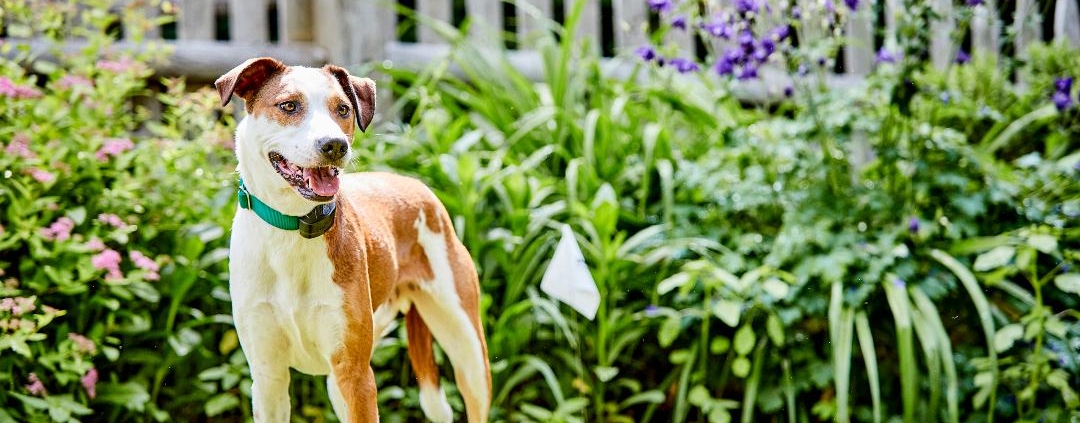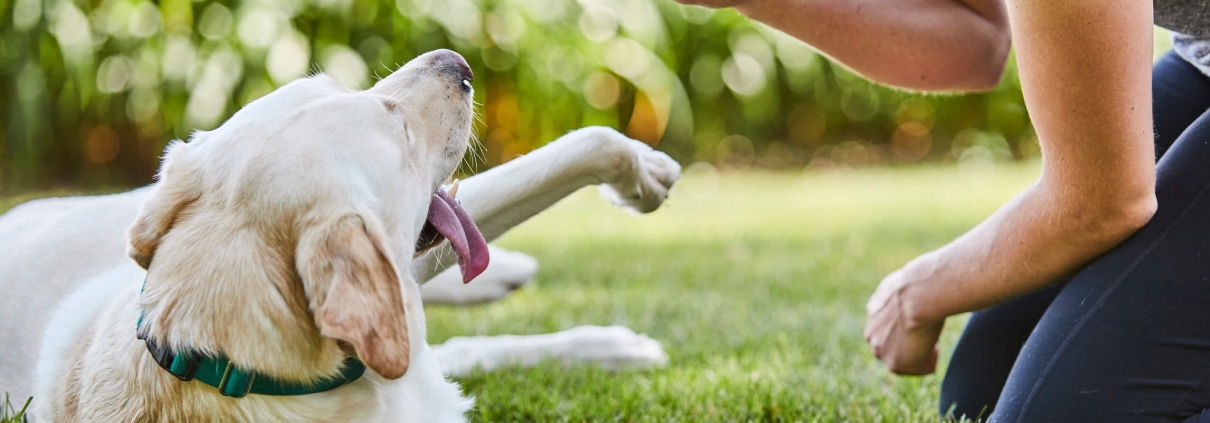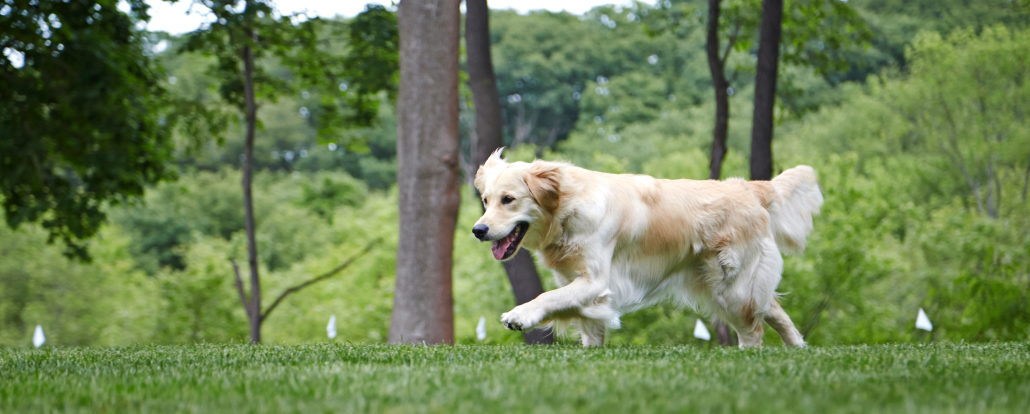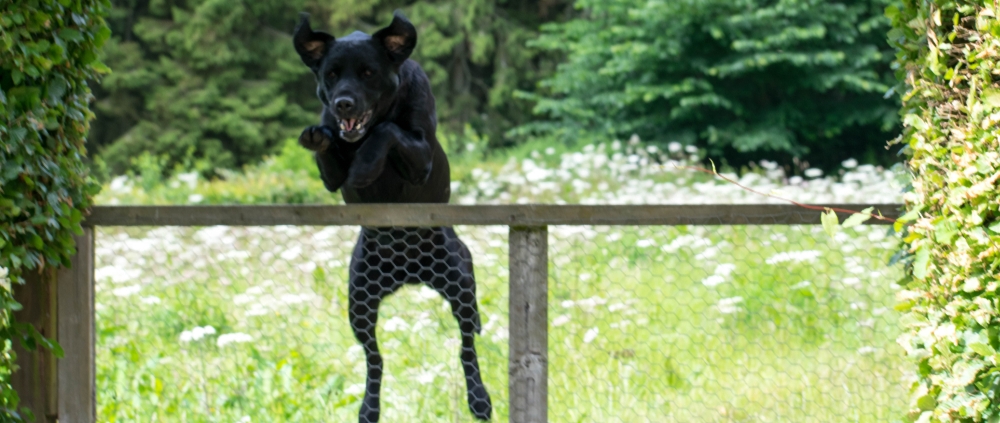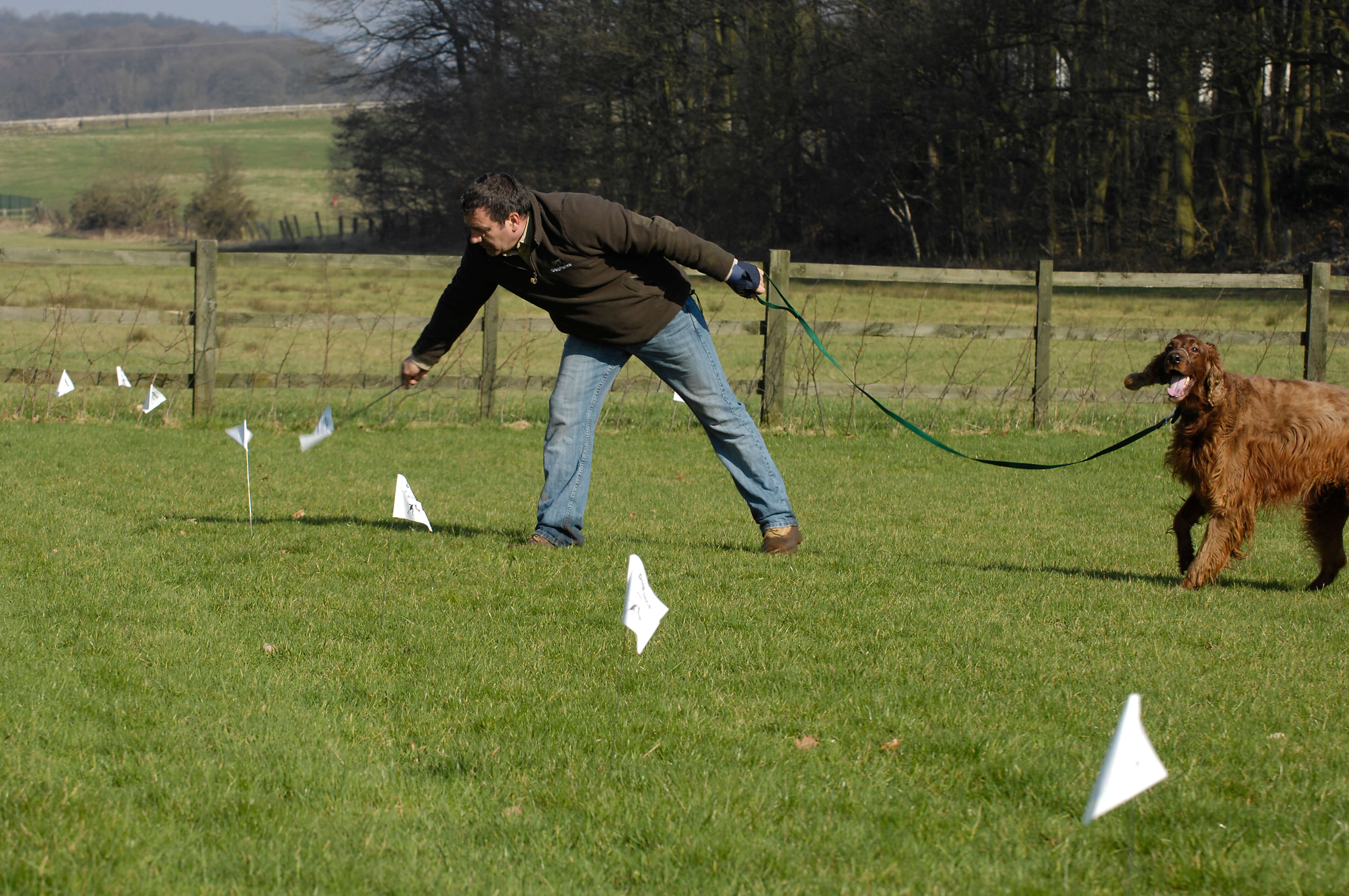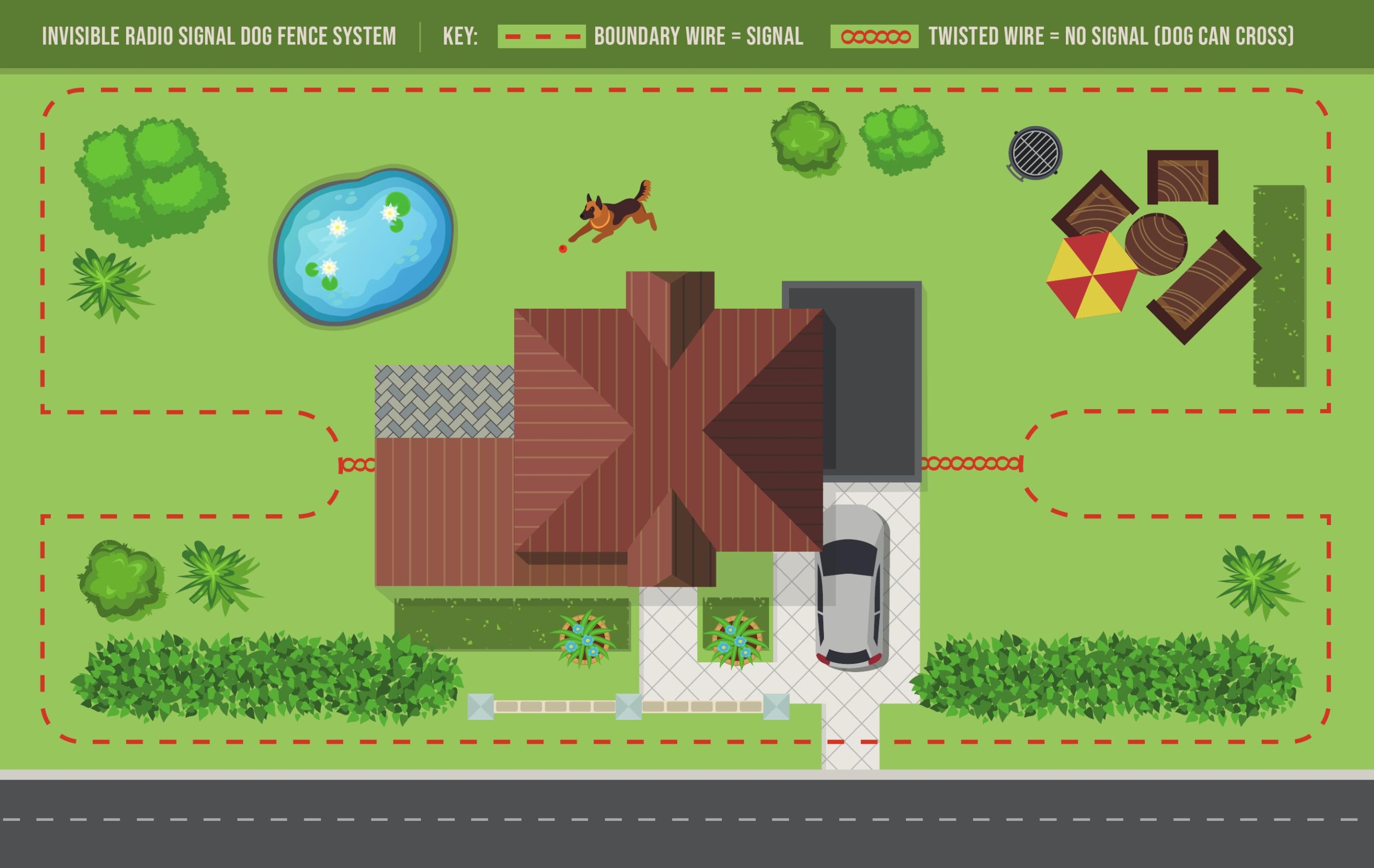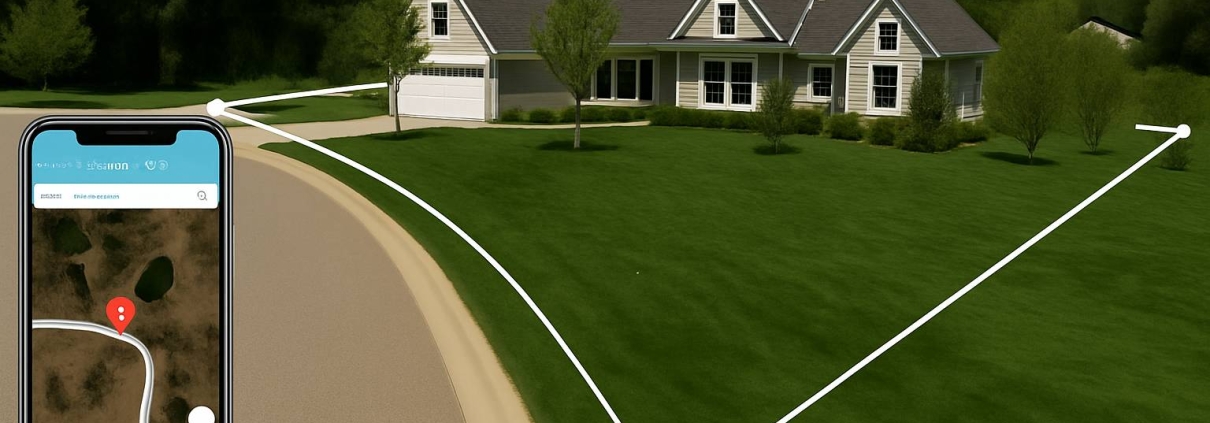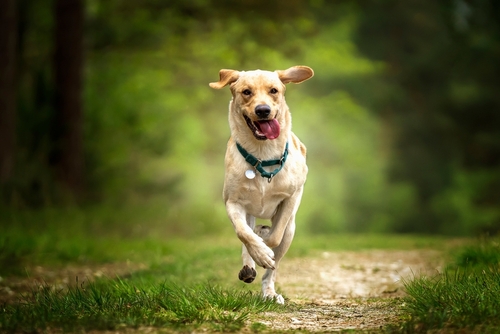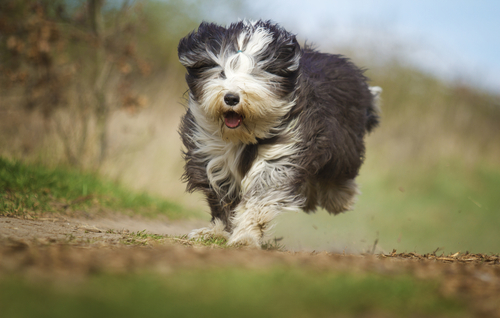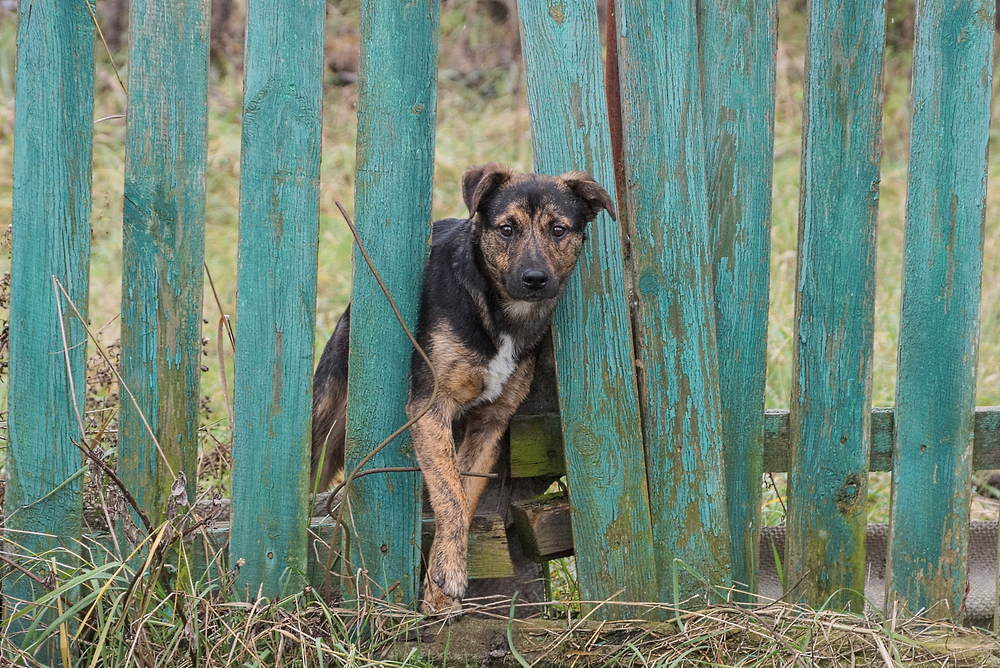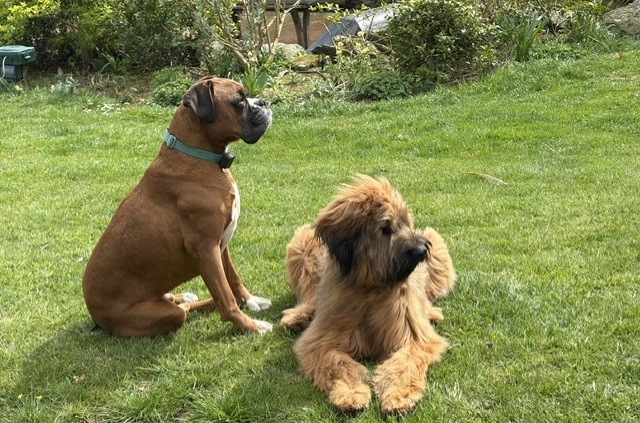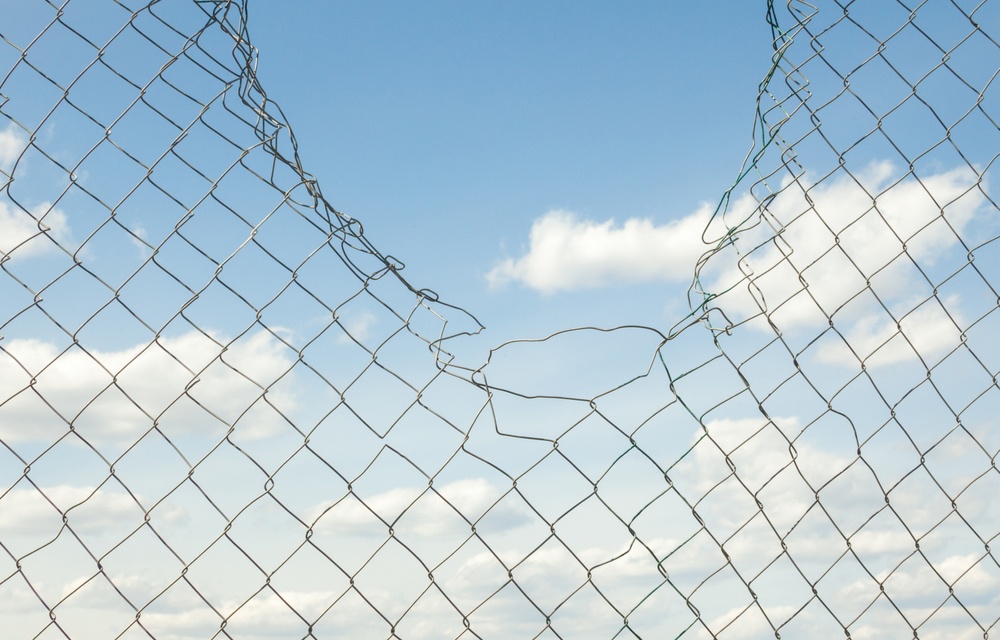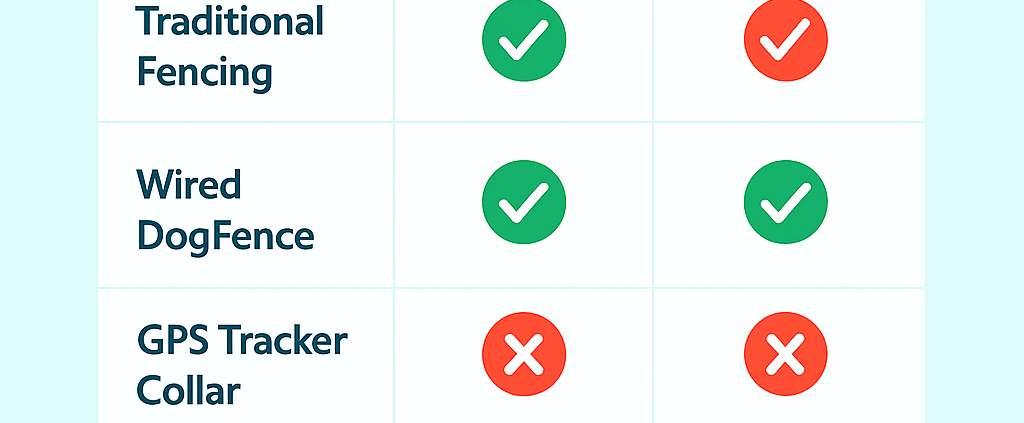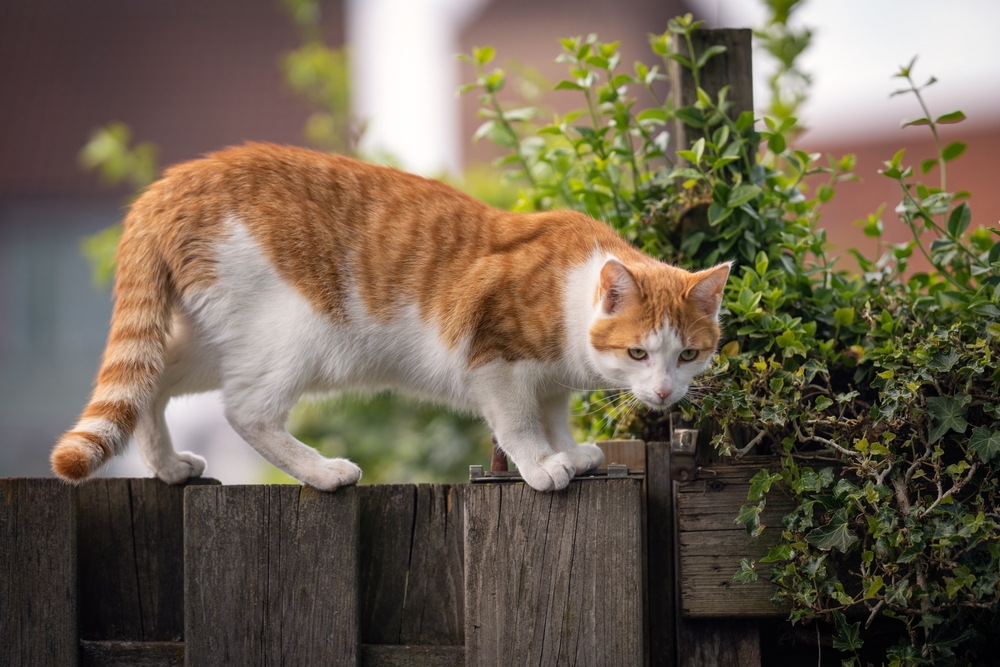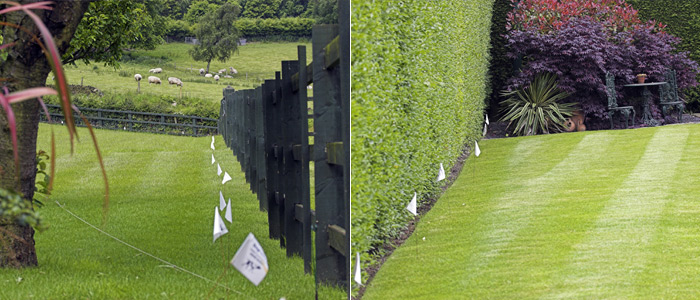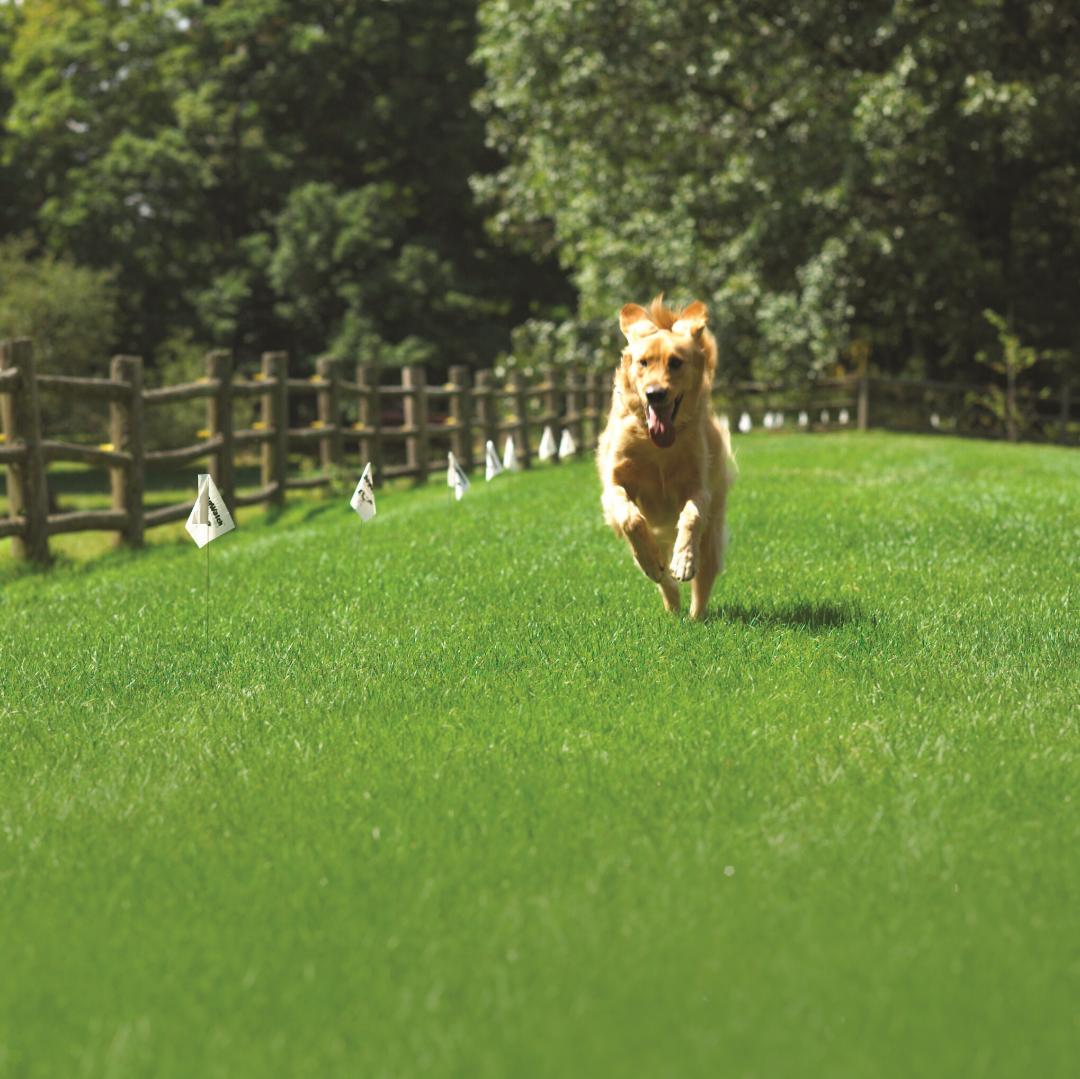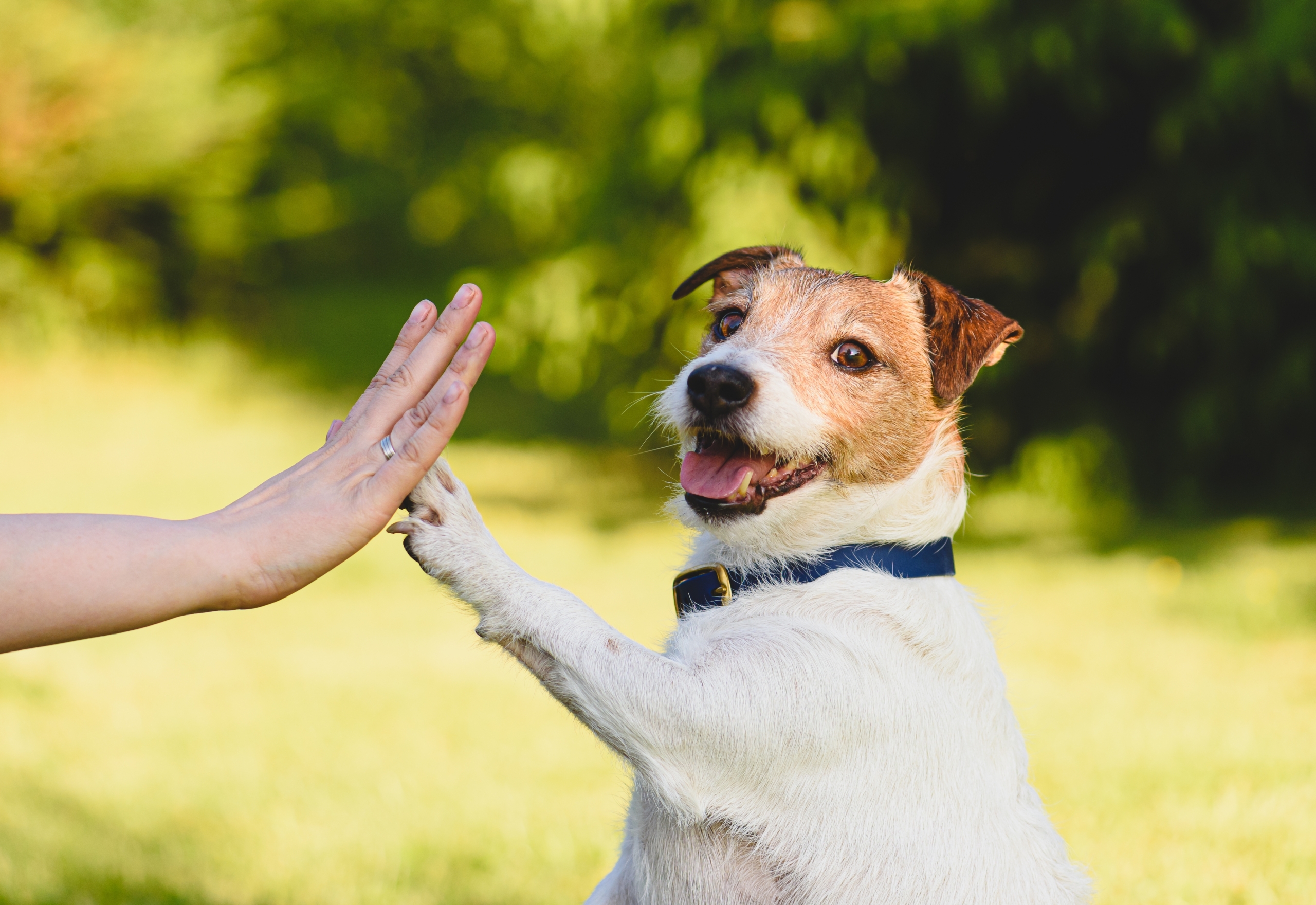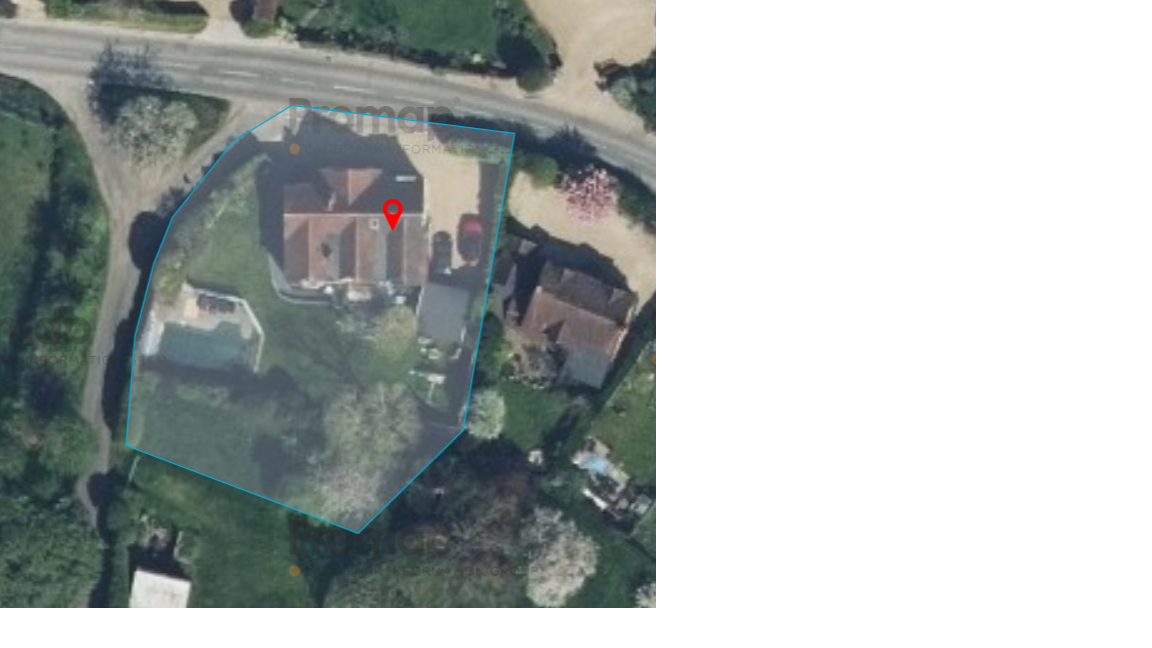Are Dog Fence Collars Safe? What Owners Need to Know for Peace of Mind
Are Dog Fence Collars Safe for Dogs? A Complete Expert Guide
Are dog fence collars safe is one of the most common questions dog owners ask when researching an invisible dog fence. With so much conflicting information online, it’s natural to want straightforward, fact-based reassurance. The truth is that dog fence collars are safe when used correctly, professionally installed, and fitted properly. At DogFence Ltd, we have safely contained more than 20,000 dogs and cats, and our system has been independently tested by the UK Government, confirming there are no adverse effects when used as intended.
This guide explains how the collar works, why the technology is safe, and how correct fitting ensures comfort, humane training, and long-term reliability.

Gentle DogFence training helps even small or sensitive dogs enjoy their garden safely and confidently
Are Dog Fence Collars Safe? (The Short Answer)
Yes — dog fence collars are safe. They use a gentle, momentary static sensation that feels similar to a light TENS machine pulse rather than a “shock”. It is not painful, not harmful, and the training process is designed to be calm, controlled, and dog-friendly.
Scientific research — including multiple Government studies and DEFRA-funded research from Newcastle University (Cooper et al.) — shows that properly used electronic containment collars:
- Do not cause physical harm
- Do not create long-term stress
- Do not cause behavioural problems
- Are not associated with anxiety or fear when used correctly
In fact, many owners report calmer, happier dogs because they can enjoy safe outdoor freedom without constant supervision. Our How It Works page explains more about why invisible fencing is both safe and effective.
How Do Dog Fence Collars Work?
A dog fence collar works together with a boundary wire and a small transmitter unit, which is usually installed in a garage, shed, or outbuilding. The transmitter sends a coded FM radio signal through the buried wire, creating a precise, stable boundary around your garden.
When your dog approaches the boundary during training, the collar responds in a predictable sequence:
- Warning beep – alerts the dog that they are nearing the boundary.
- Gentle static sensation – similar to a light TENS pulse, and only if they continue forward.
- Retreat behaviour – with training, your dog learns to step back to turn off the warning.
This combination of sound + mild sensation teaches your dog to retreat calmly and consistently. The goal is not to “correct” the dog repeatedly — it is to teach them where the safe area is. Most dogs learn this within a few training sessions.
More detail on the technology is available on our How It Works page.
Why Dog Fence Collars Are Safe (Backed by Independent Research)
The question “are dog fence collars safe?” has been thoroughly examined by scientists, veterinarians, and behaviour specialists. DEFRA-funded research, including the well-known Cooper et al. study, concluded that electronic containment systems:
- did not increase long-term cortisol (stress hormone) levels
- did not cause behavioural signs of distress
- were used successfully without negative welfare impact
The Government’s own summary confirmed the same findings. When used correctly, dog fence collars are safe, humane, and effective.
Modern Safety Features Built Into Our Collars
Our collars use advanced DogWatch FM technology, which is specifically designed for safety, reliability, and fast response. This ensures clean communication between the collar and boundary wire without interference or false activations — issues more commonly seen with AM or GPS-based systems.
Key safety features include:
- Soft-start training levels for timid or sensitive dogs
- 15-second safety shut-off to prevent continuous activation
- Anti-linger mode to avoid unnecessary corrections
- Fail-safe radio encoding to prevent interference
- Waterproof and robust collar casings
This combination ensures the system remains humane, predictable, and safe for long-term use.
Contact Posts: Why Proper Fit Matters for Safety
As with a TENS machine used for humans, the gentle static sensation needs light contact with the skin. The rounded stainless-steel contact posts on the collar simply ensure this connection — they may look like prongs but they sit comfortably when the collar is fitted correctly— they are smooth and rounded probes and designed simply to reach through the coat so the collar can communicate correctly.
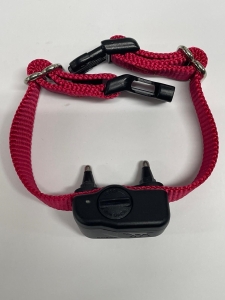
The DogFence collar uses rounded stainless steel contact posts to provide safe, consistent skin contact for gentle boundary training
The probe length is chosen to suit your dog’s coat type:
- Short-coated dogs use standard contacts
- Long-coated dogs may need slightly longer contacts so they reach the skin
When the collar is fitted correctly and snugly, the contact is consistent, comfortable, and does not cause rubbing. A well-fitted collar also means the training level can be set lower, because the signal is clearer and more reliable.
Smooth Comfort Contacts for short-coated or smooth-coated dogs
We also offer Smooth Comfort Contacts — conductive plastic probes designed to look softer and more discreet. They deliver the same gentle training sensation but offer a more aesthetically pleasing option for owners of smooth-coated breeds. We can advise whether your dog is suitable during your installation or consultation.
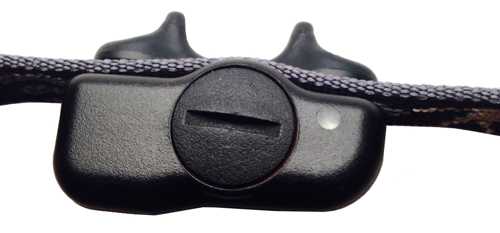
Smooth Comfort Contacts provide gentle, reliable skin contact, helping to ensure dog fence collars are safe and effective for pets
Why Professional Installation Makes Dog Fence Collars Safer
The safety of a dog fence collar depends heavily on the quality of the installation, the layout design, and the training. That’s why DogFence Ltd provides:
- On-site boundary surveys
- Professional training tailored to your dog’s personality
- Correct collar fitting guidance
- Support for nervous or sensitive dogs
- Follow-up assistance whenever required
- Our exclusive Containment Guarantee
This ensures your dog learns calmly, confidently, and safely. More information is available on our Professional Installation page.
The Benefits of Using a Dog Fence Collar
Because dog fence collars are safe and humane, they offer significant real-world advantages:
- Prevents escapes and road accidents
- Stops livestock chasing
- Allows safe off-lead freedom
- Works where traditional fences fail
- Ideal for large, awkward, or open gardens
- More accurate and reliable than GPS collars
Most importantly, dogs gain the freedom to enjoy their garden while staying safely within your boundary.
Ready to Keep Your Dog Safe?
Keep Your Dog Safe With a Trusted DogFence System
Call us on
01628 476475
|
Chat to us on WhatsApp
|
Request a Free Quote Online

